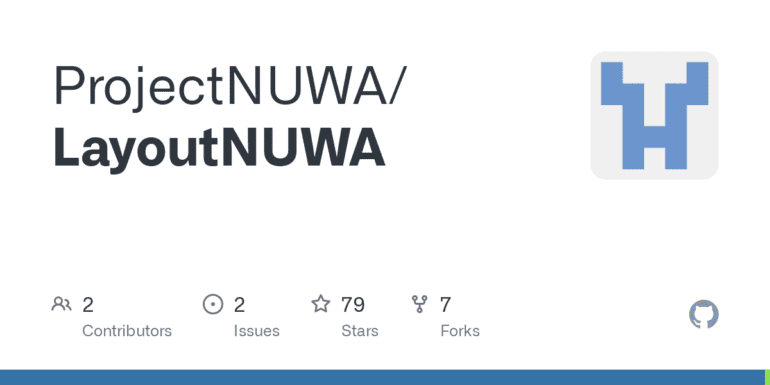TL;DR:
- Layout generation is a critical aspect of design influenced by Large Language Models (LLMs).
- Current methods prioritize numerical attributes, neglecting semantic information in layouts.
- LayoutNUWA treats layout development as code generation, enhancing semantic understanding.
- Code Instruct Tuning (CIT) framework employs three interconnected components to optimize layout generation.
- Experiments reveal challenges in predicting numerical values within layouts.
- The approach promises to revolutionize graphic design with enhanced semantic coherence.
Main AI News:
In the realm of Large Language Models (LLMs), where every facet has undergone meticulous scrutiny, graphic layout has not been left behind. The arrangement and positioning of design elements wield a profound influence on how users engage with and interpret information. Amidst this backdrop emerges a burgeoning domain known as layout generation, poised to revolutionize the way we craft coherent design compositions.
Contemporary techniques for layout creation predominantly lean on numerical optimization, fixating on quantitative attributes while relegating the semantic nuances of layout components to the shadows. By prioritizing the quantitative aspects, such as coordinates and dimensions, over the semantic essence of each numerical value, these methods often find themselves constrained to expressing layouts in numerical tuples.
However, layouts are inherently intertwined with logical relationships between their constituent parts, making programming languages an apt avenue for their representation. We can fashion an organized framework, using code languages, to elucidate the intricacies of each layout. These programming tongues serve as a bridge, seamlessly connecting logical concepts with information and meaning, thereby bridging the chasm between existing approaches and the burgeoning demand for comprehensive layout representation.
The culmination of these endeavors is LayoutNUWA, an innovative model that approaches layout development as a code generation conundrum. This paradigm shift enhances semantic information and taps into the concealed layout expertise of Large Language Models (LLMs).
The Code Instruct Tuning (CIT) framework comprises three interrelated components. Firstly, the Code Initialization (CI) module quantifies numerical parameters before transmuting them into HTML code. This HTML code is adorned with strategically placed masks that enhance the readability and cohesion of layouts. Subsequently, the Code Completion (CC) module leverages the formatting acumen of LLMs to fill in the masked regions of the HTML code. This ensures precision and consistency in the generated layouts. Lastly, the Code Rendering (CR) module transforms the code into the final layout output, once again harnessing the prowess of LLMs to achieve optimal results.
To evaluate the model’s performance rigorously, researchers conducted experiments utilizing both code and numerical representations. They introduced a specialized Code Infilling task, tailored for numerical output formats. Instead of predicting the entire code sequence, the Large Language Model (LLM) was tasked with predicting solely the concealed values within numerical sequences. The findings underscored a notable decline in model performance when generating in the numerical format, accompanied by an increase in the failure rate of model development attempts. Notably, this method led to repetitive outcomes in certain cases, undercutting the efficiency that the conditional layout generation task aspires to achieve.
Moreover, researchers caution against the myopic focus on forecasting the masked elements, as it may yield separate and incongruous numerical values. This trend carries the potential to hinder data generation, particularly when dealing with layouts featuring a multitude of concealed values.
Conclusion:
LayoutNUWA introduces a groundbreaking approach to layout generation by harnessing AI expertise. This innovative model bridges the gap between numerical precision and semantic richness, offering profound implications for the graphic design market. Designers and businesses can expect more coherent and meaningful layouts, ultimately enhancing user experiences and communication through visual media.

